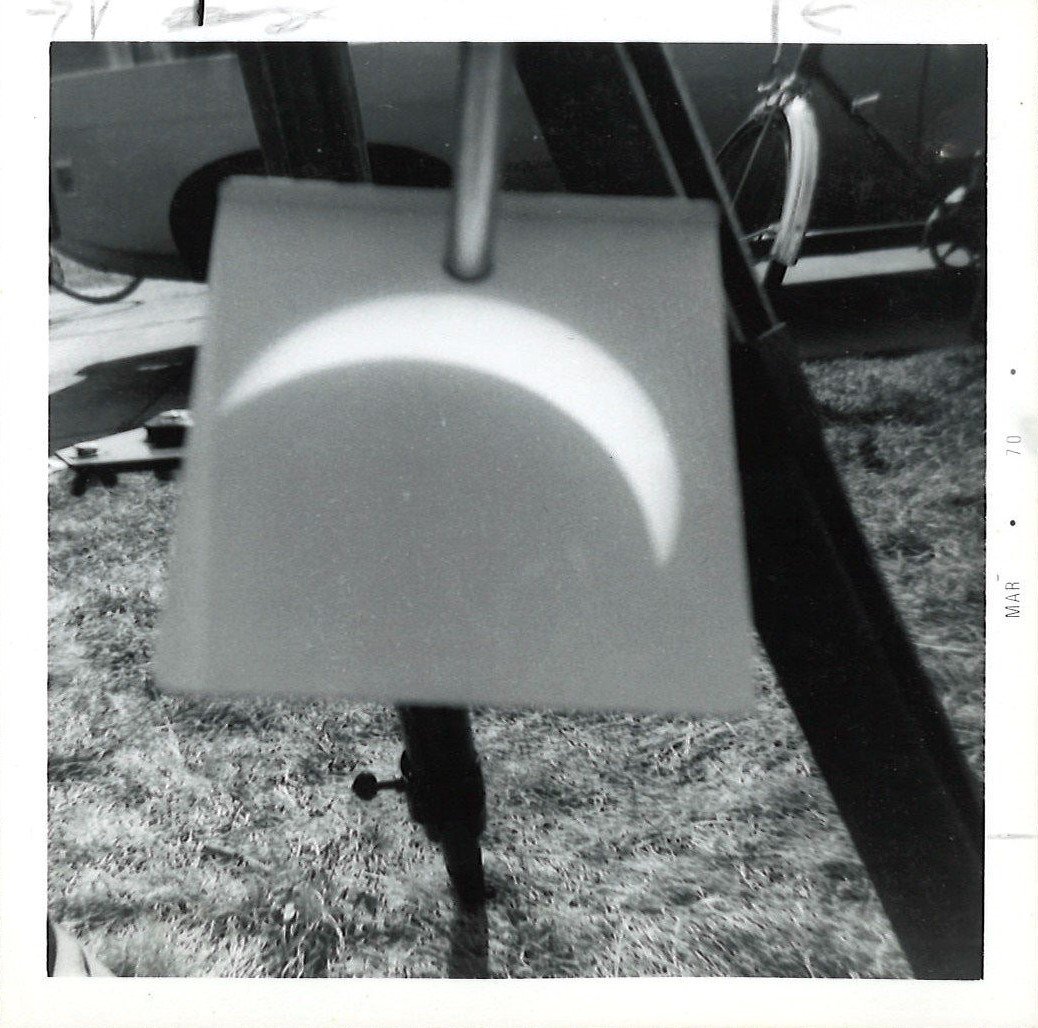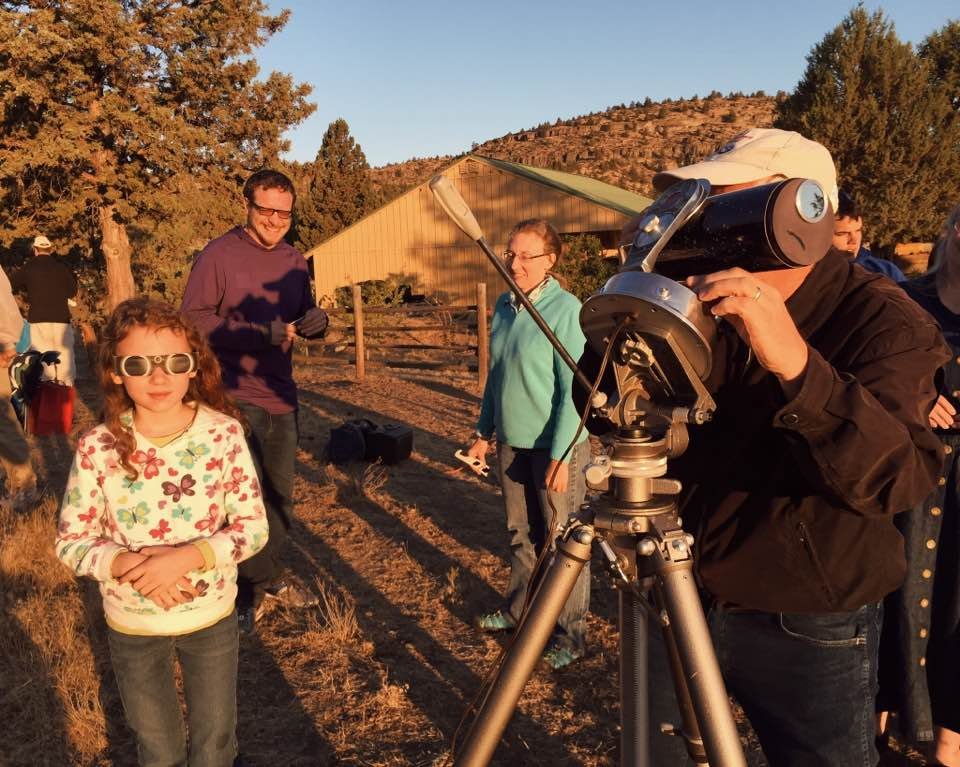
Countdown to the Eclipse: Five Weeks Out!
Two weeks ago, I blogged about the upcoming total solar eclipse on April 8. In that blog post, I urged you to find your spot to watch the eclipse and to check for the circumstances of the eclipse at your chosen location using an online map that I linked. If you haven’t done this already, you need to do so right away. I also told you about the five naked-eye planets that will be visible during totality, and I produced a couple of images that you can use as a guide to look for those planets among the stars that you will see.
Since the path of totality just barely misses us here at the Creation Museum and where I live in Northern Kentucky, I’ve had many people ask me that since the sun will be nearly 99% covered here, isn’t that almost as good as being where the moon will cover 100% of the sun? The simple answer to that question is NO!!!!! I’m pounding my desk as I shout this. The difference between 99% coverage and 100% coverage is literally and figuratively the difference between night and day. However, most people will not understand this until they experience the wonder of totality. Please, if you are close to totality and if you can, drive the short distance into totality. In the words of Adrian Monk, you will thank me later. Words cannot describe nor photographs capture the beauty and awe of a total solar eclipse. Suffice it to say that my two trips into totality were the most remarkable things that I have ever experienced.
I need to address safety during the eclipse. Except for totality, it is not safe to look at the sun without sufficient filtering. There are many vendors that sell eclipse glasses. Be sure to purchase yours early for supplies may be limited as the date of the eclipse approaches. Use these glasses to watch the partial phases before and after totality, but don’t forget to take them off during totality. I heard about a woman who went to the 2017 solar eclipse but was so frightened of damaging her eyes that she kept the glasses on throughout totality and missed it all!
An even safer way to view the partial phases is with a small hole in an opaque object and a light-colored surface to project an image of the sun.
An even safer way to view the partial phases is with a small hole in an opaque object and a light-colored surface to project an image of the sun. All of us have seen dappled spots of light on the ground in the shade of trees. Most of us don’t realize that the spots of light are round images of the sun that form from small holes in the leaf canopies of the trees. Except when there is a partial solar eclipse going on, the round spots become crescents that are images of the partially eclipsed sun. It’s interesting to watch the changing shapes of these images as the eclipse progresses. I’ve included here some photographs of such images that Joel Leineweber, an Answers in Genesis employee, took here at the Creation Museum during the 2017 eclipse (Joel, I hope you are going to totality this time). Except in southern locations, there probably won’t be many leaves on the trees in early April, so trees won’t work so well this time to show the partial phases of the eclipse. However, you can use other things to do this. For instance, a colander works well. Just hold it a few feet above something light-colored, say a piece of posterboard lying on the ground. Instead of using a colander, you can make holes in a small piece of posterboard or cardboard. The holes don’t have to be perfectly round.

Partial phase of 1970 solar eclipse
To get a more magnified image of the partial phases of the eclipse, rather than using a small hole to project an image, a telescope with an eyepiece attached can project an image. This used to be a popular way to view the sun, and many telescopes once featured solar projection screens. This method is not only safe, but it allows several people to view the sun at once. It is important to decrease the amount of sunlight entering the telescope by stopping down the main lens (the objective lens) of the telescope. This is how I viewed my first solar eclipse (albeit partial, not total) as a high school student in 1970. Solar projection screens are not so popular anymore because solar filters that fit over the ends of telescopes are readily available now. These are safe, but only one person at a time can look through the telescope. In this photo, you can see me looking through the Questar telescope with its solar filter attached during the 2017 solar eclipse. The small circle on the end of the telescope that looks like a mirror is the filter. It reflects most of the light that falls on it, allowing only a tiny, safe amount of light to enter the telescope.

Dr. Danny Faulkner looking through the Questar telescope with its solar filter attached during the 2017 solar eclipse.
In my next blog post, I will talk more about what to expect during totality.

Answers in Genesis is an apologetics ministry, dedicated to helping Christians defend their faith and proclaim the good news of Jesus Christ.
- Customer Service 800.778.3390
- © 2024 Answers in Genesis



